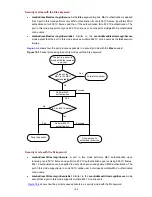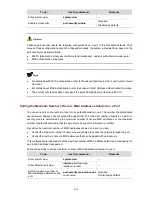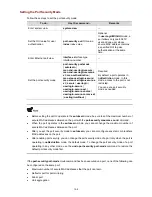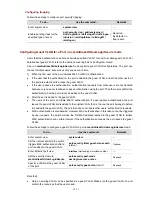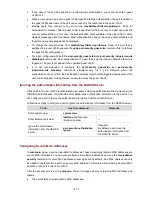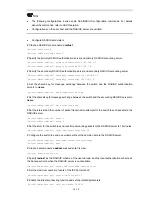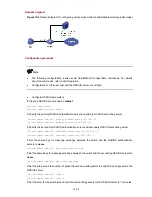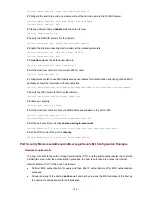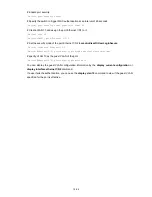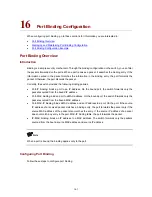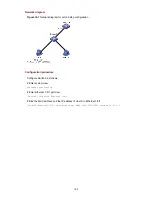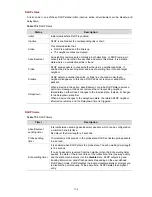
[Switch-isp-aabbcc.net] scheme radius-scheme radius1
[Switch-isp-aabbcc.net] quit
# Set
aabbcc.net
as the default user domain.
[Switch] domain default enable aabbcc.net
# Configure the switch to use MAC addresses as usernames for authentication, specifying that the MAC
addresses should be lowercase without separators.
[Switch] mac-authentication authmode usernameasmacaddress usernameformat without-hyphen
# Specify the ISP domain for MAC authentication.
[Switch] mac-authentication domain aabbcc.net
# Enable port security.
[Switch] port-security enable
# Set the port security mode to
mac-authentication
.
[Switch] interface Ethernet 1/0/1
[Switch-Ethernet1/0/1] port-security port-mode mac-authentication
# Configure the port to drop packets whose source addresses are the same as that of the packet failing
MAC authentication after intrusion protection is triggered.
[Switch-Ethernet1/0/1] port-security intrusion-mode blockmac
Port Security Mode userLoginWithOUI Configuration Example
Network requirements
The host connects to the switch through port Ethernet 1/0/1, and the switch authenticates the host with
a RADIUS server. If the authentication succeeds, the host is authorized to access the Internet.
Restrict Ethernet 1/0/1 of the switch as follows:
z
Allow one 802.1X user to get online.
z
Set two OUI values, and allow only one user whose MAC address matches one of the two OUI
values to get online.
z
Configure port security trapping to monitor the operations of the 802.1X-authenticated user.
Network diagram
Figure 15-7
Network diagram for configuring port security mode userLoginWithOUI
Configuration procedure
15-17



